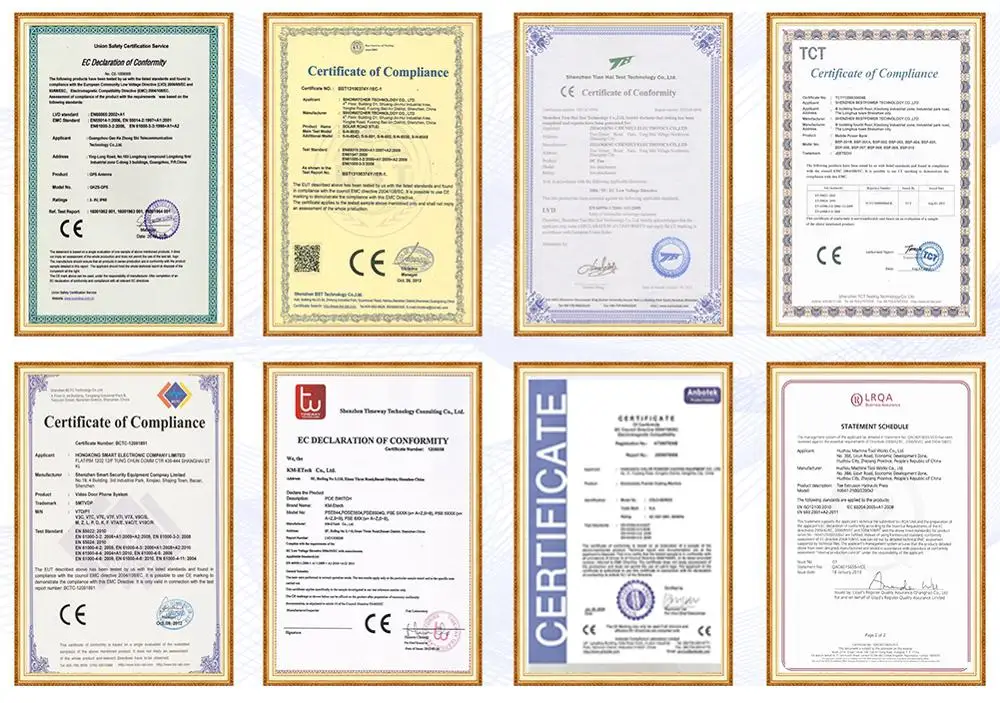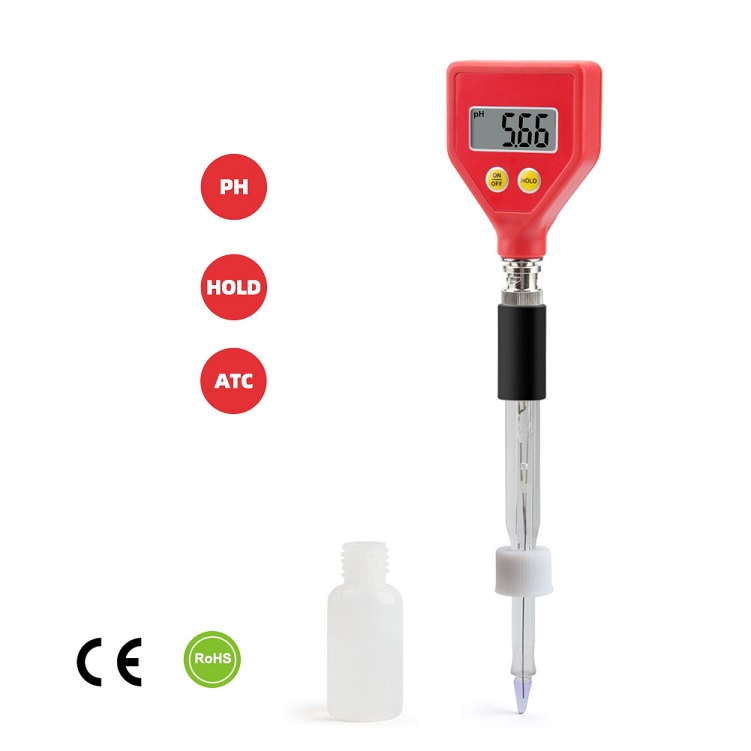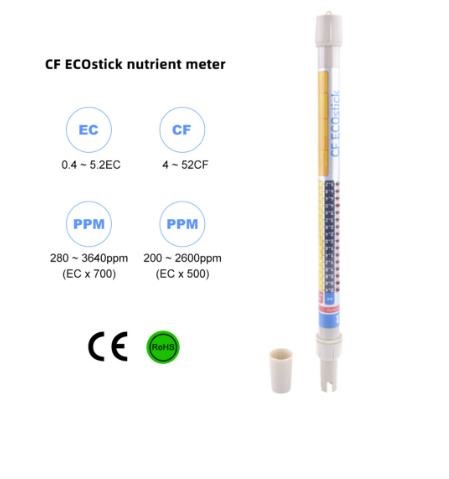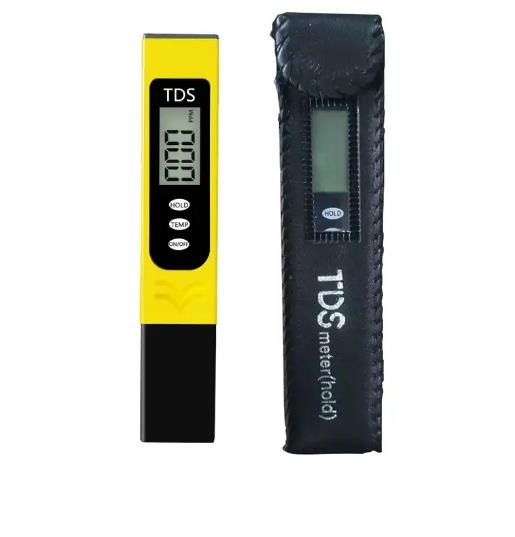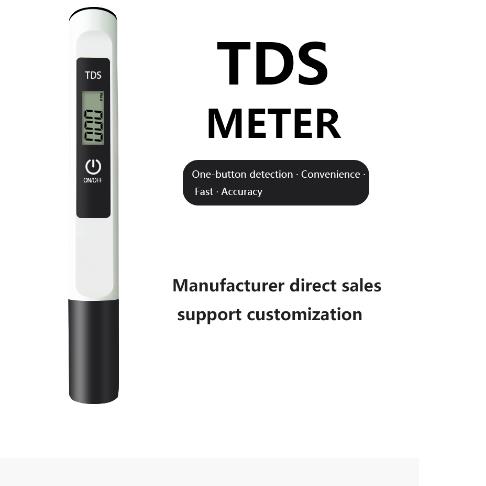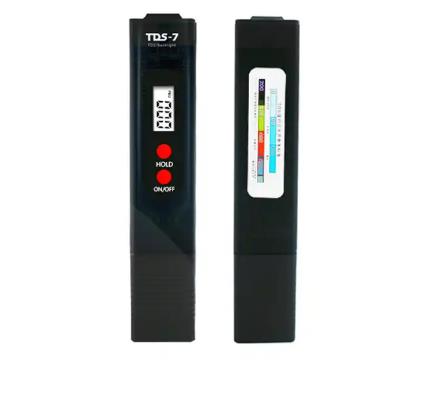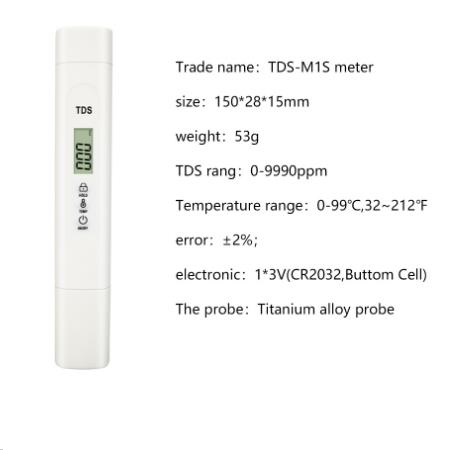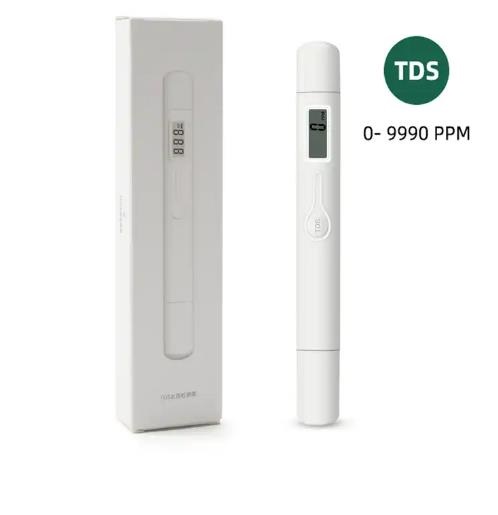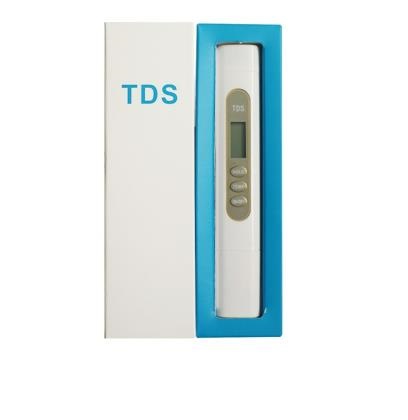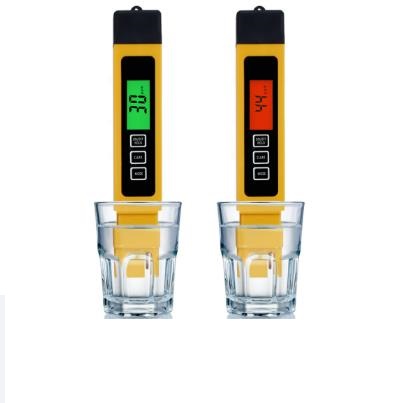PH-98108 pH Meter Sharp glass Electrode for Water Food Cheese Milk Soil pH Test
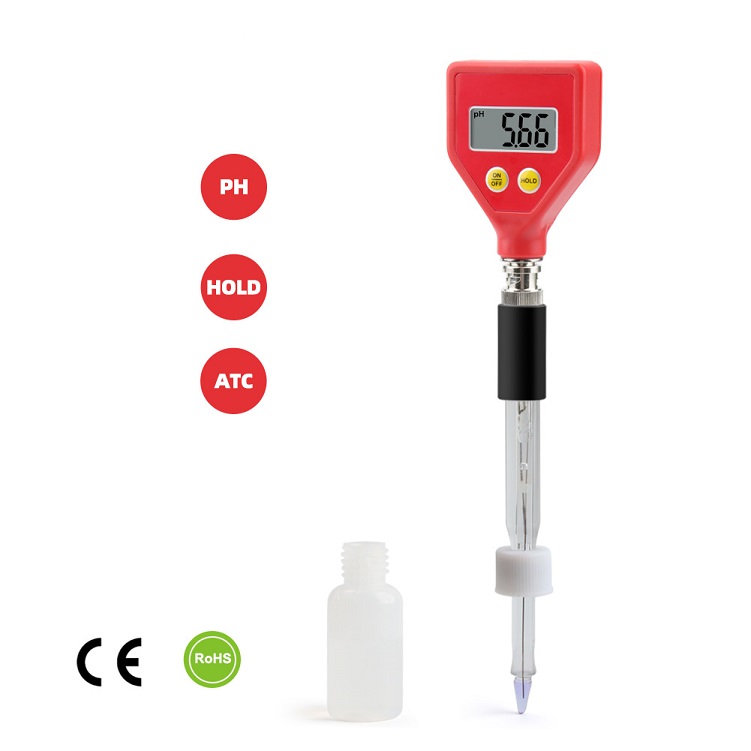
Specifications:
|
Model:PH-98108
Measuring range: 0.00~14.00pH
Accuracy :¡À0.2PH ¡À0.1PH(@20ºC)
Resolution: 0.01PH
Operating Temperature : 0ºC~50ºC
Automatic Temperature Compensation : 0ºC~50ºC
Automatic Temperature Compensation : 0ºC~50ºC
Electrode:For cheese & milk testing
Power Supply:3*1.5V(AG13) (Not inculde)
Dimensions:175mm*51mm*25mm
|

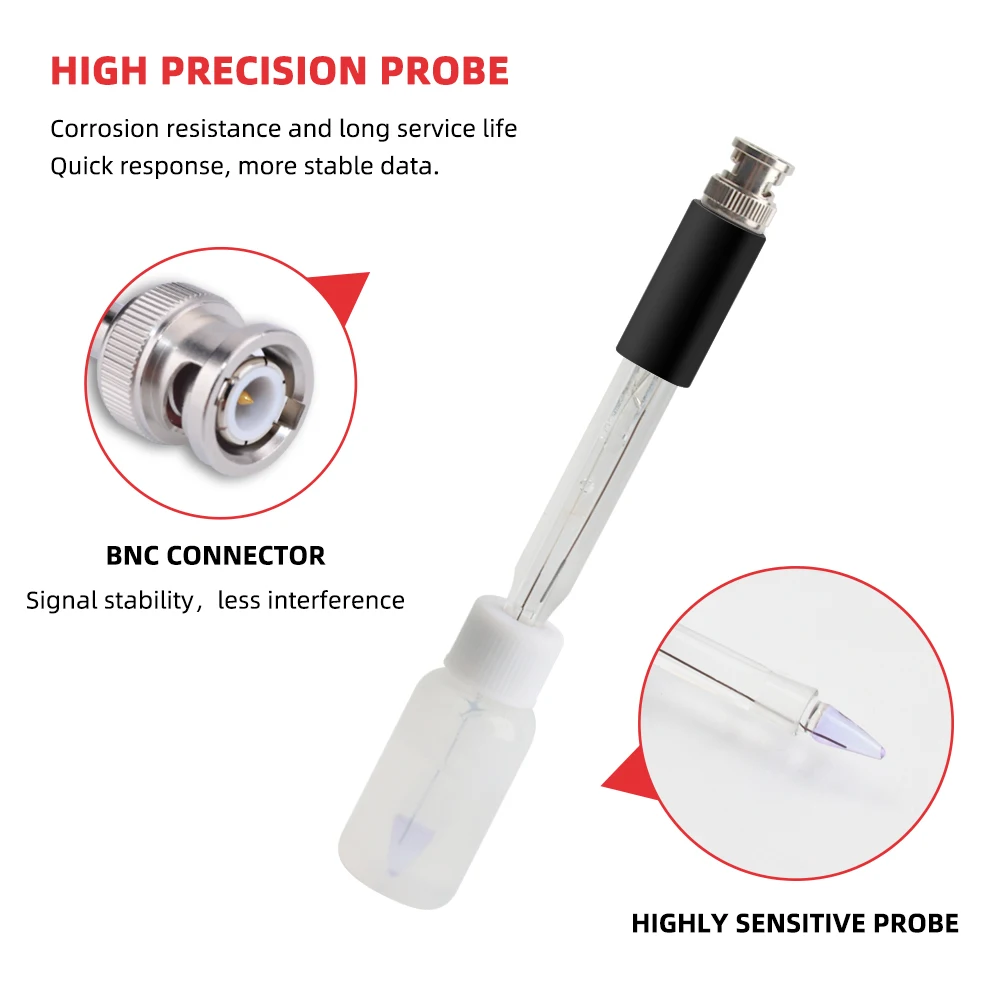



operating:
1. Connect the electrode and remove the protective cover.
PH calibration:
1. Immerse the pH electrode in a mixed phosphate standard buffer solution with a pH of 6.86 (25¡ãC) and shake it gently.
Replacement and maintenance of PH electrode :
1. When the electrode is aging or damaged, the electrode should be replaced. When replacing the electrode, unscrew the old electrode and replace it with a new one. Keep the electrode connections clean and dry.
Battery installation:
If the displayed value is fuzzy or not displayed or the switch does not operate, the battery should be replaced. When replacing the battery,Just remove the battery cover on the back of the instrument and replace it. Pay attention to the battery polarity.




2. First clean the electrode of the pH meter with distilled water, and use filter paper to absorb the water attached to the electrode.
3. Touch the ''ON/OFF'' button to turn on the power.
4. Insert the pH meter electrode into the liquid to be measured until the electrode is immersed in the liquid about 4cm deep, do not put the solution
Submerge into the electrode connection.
5. Gently stir the solution until the value stabilizes, then read the stable display number.
6. Touch the ''HOLD'' key to keep the current measured value. If you need to re-measure, then
Press the ''HOLD'' key once to release the hold state.
7. After use, press the ''ON/OFF'' button to turn off the power, clean the electrode with distilled water, and put on the protective cover.

2. Use a small screwdriver to adjust the calibration potentiometer until the displayed value is at the temperature of the standard buffer solution
The pH value is consistent. Then clean the electrode of the pH meter with distilled water, and attach it to the electrode with filter paper
And the surrounding moisture soak up.
3. Insert the electrode into the pH 4.01 potassium hydrogen phosphate or pH 9.18 borax standard buffer solution.
4. When the displayed value is stable, the displayed value should be within the error tolerance range compared with the pH value of the buffer solution.
Precautions:
In the following cases, the pH meter must be recalibrated
1. It has been used (or placed) for a long time after calibration
2. Electrodes are used very frequently
3. The measurement accuracy requirements are relatively high.
a. There may be small bubbles in the sensitive bulb of the pH glass electrode, which will affect the normal measurement of the electrode. When using, shake the electrode to make the bubbles escape from the sensitive bulb.
b. If the electrode is placed for a long time, and the sensitive bulb is exposed to the air, the electrode is dry, causing
The response becomes slow and the displayed value is unstable. At this time, the electrode should be immersed in saturated KCL solution to activate
a couple of hours. In order to improve performance, insert the PH meter electrode into the KCL solution at least once a week for a few minutes each time.
3. The glass electrode is easy to break, so be careful when using it.
4. If inorganic salt deposits are found on the sensitive bulb, immerse the electrodes in the following solutions for about 5 minutes to restore performance; 0.1mHCL solution, 0.1mNaOH solution, and then immerse in 0.1mHCL solution for 5 minutes.
5. Grease film also affects the measurement of sensitive bulbs. To remove this film, use 75% alcohol solution
Rinse the sensitive bulbs, dry them with filter paper, rinse well with water, and then immerse them in KCL solution for several
hour.
6. The protein precipitate (such as milk, cheese, etc.) should be immersed in the pepsin and hydrochloric acid solution
Perform elimination processing. This solution should be prepared before use. The electrode is immersed in the solution for several hours, then rinsed with water, and then immersed in the KCL solution for several hours.


